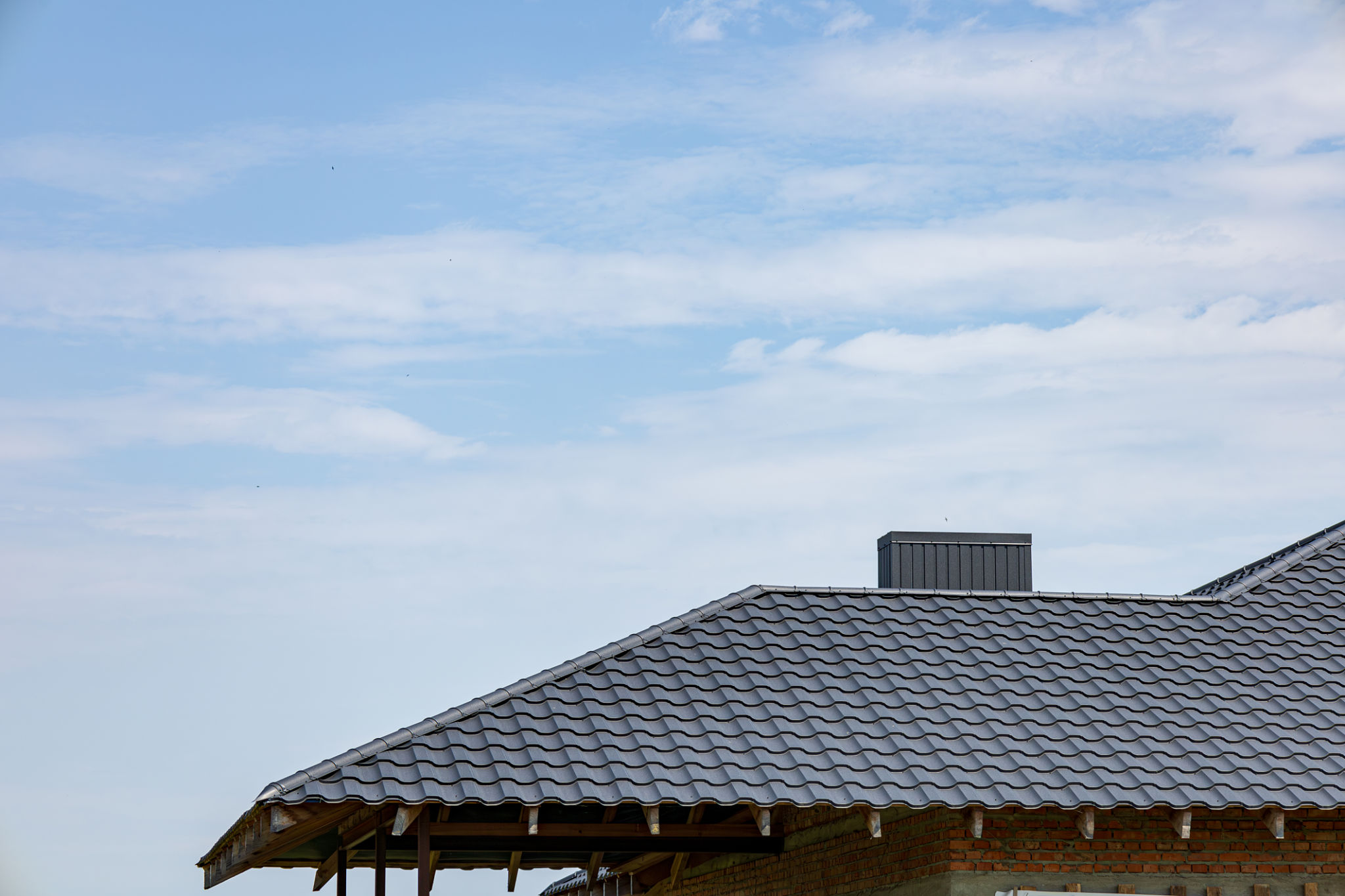Debunking Roofing Myths: What You Need to Know
Understanding Common Roofing Myths
When it comes to roofing, there are numerous myths circulating that can lead homeowners astray. Understanding these misconceptions is crucial for maintaining a functional and long-lasting roof. In this blog post, we will debunk some of the most common roofing myths, providing you with the knowledge to make informed decisions about your home.

Myth 1: All Roofing Materials Are the Same
A prevalent misconception is that all roofing materials offer similar durability and performance. However, this is far from the truth. Each roofing material, whether it be asphalt shingles, metal, or tile, has distinct properties, benefits, and lifespan. Asphalt shingles, for example, are cost-effective but may not last as long as metal roofs, which are known for their longevity and resistance to extreme weather.
It’s important to evaluate the specific needs of your home and climate when selecting roofing materials. Consult with a professional roofer to determine which material best suits your requirements and budget.
Myth 2: Roof Inspections Are Unnecessary
Another common myth is that once your roof is installed, it doesn't require regular inspections. In reality, routine roof inspections are essential for identifying potential issues early on and preventing costly repairs down the line. Regular maintenance can significantly extend the life of your roof.

A professional inspection typically involves checking for signs of damage such as missing shingles, leaks, and flashing issues. Homeowners should schedule inspections at least twice a year, preferably in spring and fall, to ensure their roof remains in peak condition.
Myth 3: You Can Install New Shingles Over Old Ones
Some homeowners believe that they can save time and money by installing new shingles directly over existing ones. While this practice might seem convenient, it can actually lead to more harm than good. Layering shingles adds extra weight to the roof structure, potentially leading to structural issues over time.
- It can hide underlying damage that needs repair.
- It may void manufacturer warranties.
- It often results in reduced energy efficiency.
For a safe and effective roofing solution, it is best to remove old shingles before installing new ones.

Myth 4: A Leaky Roof Is Easy to Fix
A leaky roof might seem like a minor inconvenience that can be easily patched up. However, leaks should never be underestimated. They can cause significant damage not only to your roof but also to the interior of your home, leading to mold growth and structural deterioration.
Addressing a leaky roof requires identifying the source of the leak, which is not always straightforward. Seeking professional assistance ensures a thorough repair that addresses both the symptoms and underlying causes of the leak.
Myth 5: DIY Roof Repairs Are Just as Effective
With the abundance of DIY resources available online, many homeowners are tempted to tackle roof repairs themselves. However, roofing is a complex task that requires specialized skills and safety precautions. Attempting DIY repairs can lead to improper fixes and worsen existing issues.
- Lack of professional tools and materials.
- Increased risk of injury from working at heights.
- Potential for voiding insurance coverage or warranties.
Hiring a licensed roofing contractor not only guarantees quality workmanship but also ensures that safety standards are met.

Conclusion
By debunking these common roofing myths, we hope to have provided clarity and insight into maintaining your roof effectively. Remember, informed decisions about roofing materials, inspections, repairs, and installations can save you time and money in the long run. Always consult with professionals when in doubt to ensure the safety and longevity of your home’s roof.